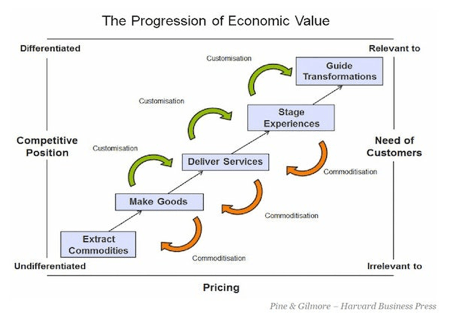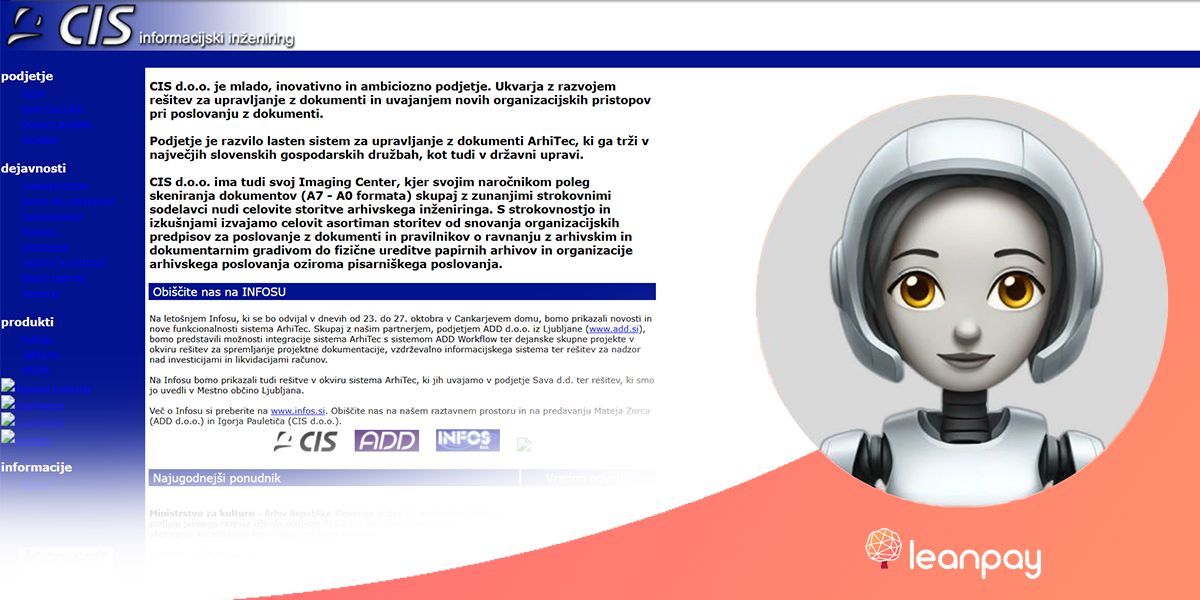What will you invest in: technology or emotions?

Progress requires technology, first and foremost, at least if you want to make any visible impact. This has been my firm belief from the start. I may be biased in this regard because in a way I’ve been selling and introducing technology throughout my twenty-year career. For the past nine years, I’ve been primarily focusing on the development of customer-oriented business operations and processes.
FrodX = marketing automation?
FrodX has become known as a pioneer of marketing automation and personalization, even though we’ve always dedicated considerably more time to exploring purchasing habits and transforming companies’ marketing and sales content than to introducing technologies and providing technical support. Two years ago, we also took over the CRM activity from two Slovenian systems integrators, complementing our technological expertise in marketing platforms with activities required by sales and customer service.
This move resulted in what Miha and I consider to be FrodX’s key strategic advantage. We became a one-stop-shop for our customers. We have what no other business consultant, marketing agency, or CRM provider in Slovenia can offer individually. Even in the wider region there are only a few such players. I think the single-hand-to-shake approach is an extremely comfortable and effective solution; it’s one that I always choose as an entrepreneur myself. This is the fastest way to reach the goal, with minimal communication gaps and, first and foremost, the ultimate responsibility all in one place, with no need to negotiate with multiple providers. In addition, we’re a certified partner to major global technological providers, such as SAP, Microsoft, Hubspot, and Net-Results, and many would say there’s hardly anything more you can achieve in our business.
You lose without technology, but you can’t win without the right vision and strategy.
I haven’t been sleeping well for quite some time now. That’s not because I’m afraid our customers are being taken hostage by technologies and are becoming addicted to our technological partners. In a way, that’s true and hard to resist if you want to keep up with the best. What bothers me is especially the fact that the content-related problems that we need to resolve are becoming ever more difficult. People’s purchasing habits and their behavior patterns are changing increasingly fast, there are increasingly varied demographic groups and hence also increasingly more value patterns and communication channels and styles. I wonder how long we’ll still be able to provide advice to our clients on how they can create and communicate value and find the place and communication channel where they can address their customers and build a relationship with them. Without that, technology can hardly come to the fore.
Do you always need technology to achieve nearly the same business results?
You’ve probably also learned recently that the police in certain US cities are using technology that tells them where and when a crime could be committed. Based on this information, the police optimize their operation and improve the level of public safety. We may even come to see that people are arrested in advance in order to prevent crimes from happening in the first place. Like in the Black Mirror series.
Similar technology is also available in Slovenia. In simplified terms, it is used for predicting purchases. We can set up a system that tells you how likely it is for a specific person to become a buyer. It only takes a step or two to the side for us to also simulate the sales results of your advertising campaign and how it will affect the value of an average purchase. We have technology that listens to the web and social media, and also understands the sentiment of messages in Slovenian. The goal, of course, is for you to personalize and automate communication with the individual you’ve “heard” and whose needs you’ve identified. And there’s the technology that can offer a product to a customer in real time that he or she is most likely to buy at that moment. It’s practically taken for granted that today’s technology can adapt the time of sending messages to individuals and automatically select the most appropriate communication channel for them.
With all the technological options available I wonder whom they can serve and for how long. Only early adopters and at most a portion of customers that belong to the early majority can bet on having the technological advantage. When having the relevant technology becomes some sort of a standard, it’s only the customer experience and value perception that can make the difference. Sooner or later technology simply turns into a commodity.
The technology and customer experience that can help you transform the value perceived by your customers
Don’t get me wrong: it’s not that I don’t like selling technology. On the contrary, that’s (also) what we make our living from. It’s just that most companies don’t make the most of it. What I mean by that is not that they don’t implement a specific functionality, but that by introducing new technology they fail to simultaneously further develop the value they offer to their customers. It hurts to see that they feel no need to change their business model and personalize their products, and that they have no vision of how to enter the transformational economy and provide the kind of level of personalization of what they offer so that anyone can recognize it as being perfectly suited to their own needs. So that ultimately their product becomes the customer himself.

When you achieve this, every cent invested in technology has been well invested. Then every customer of yours can assign their own meaning to your brand and that is the most you can do to promote their loyalty in the long run and build a lasting relationship with them.
In a world where everything else has been commoditized, transformations may be the only thing left worth paying for.
— Jay La Fontaine

.jpeg)
